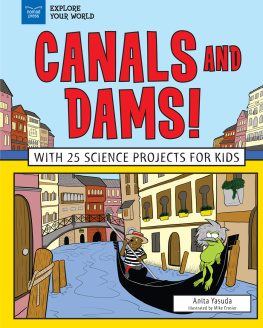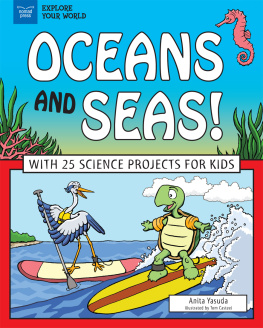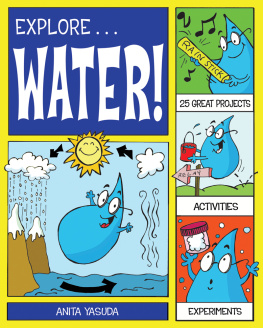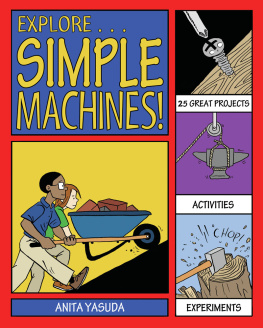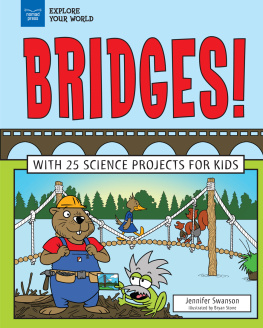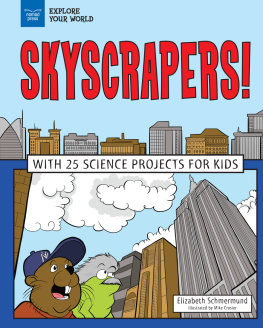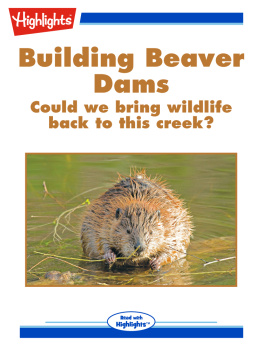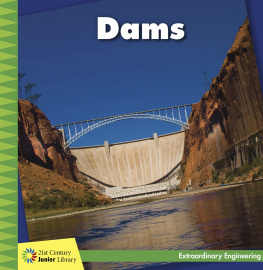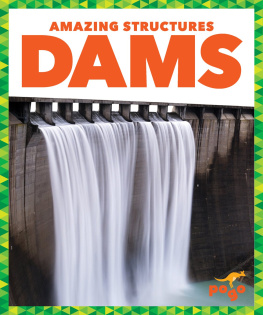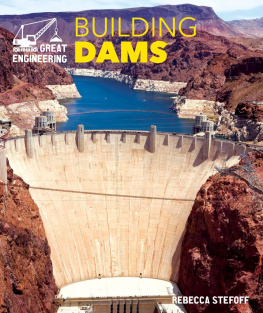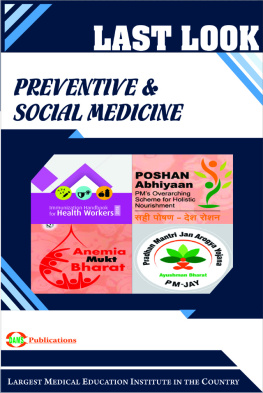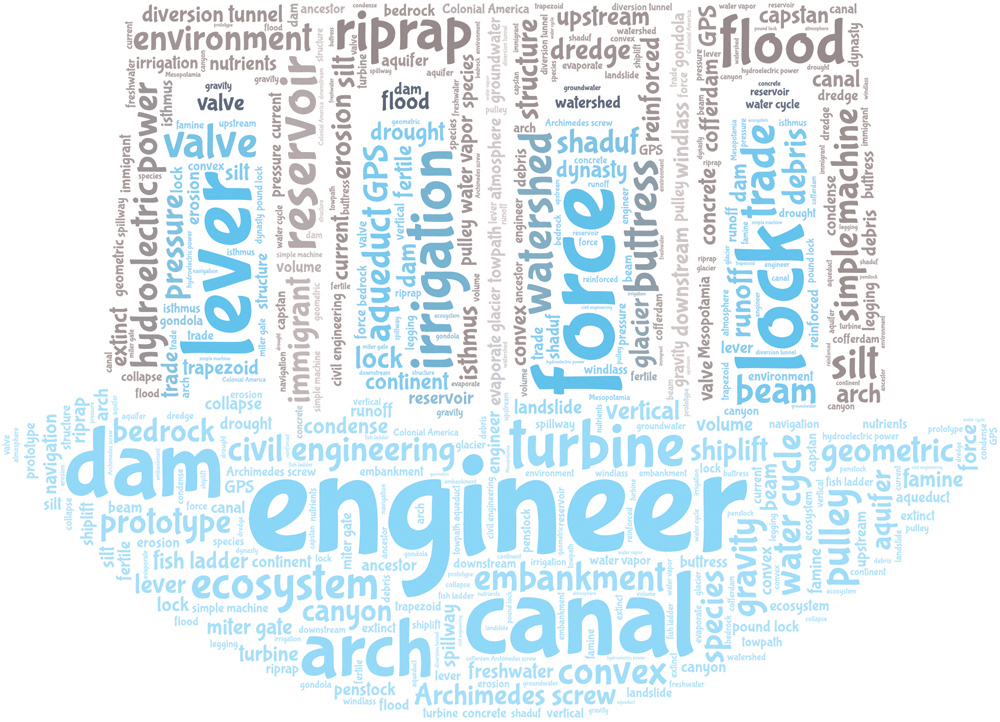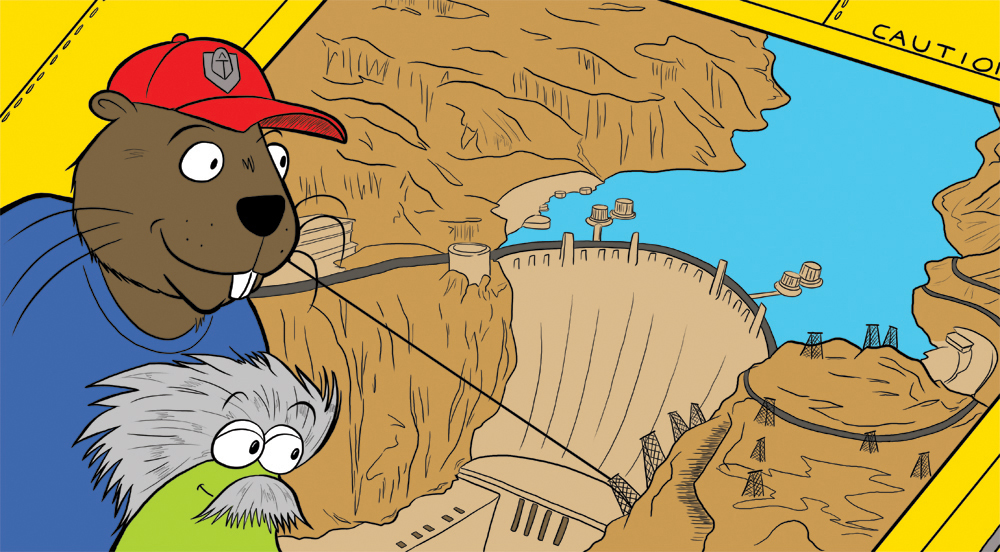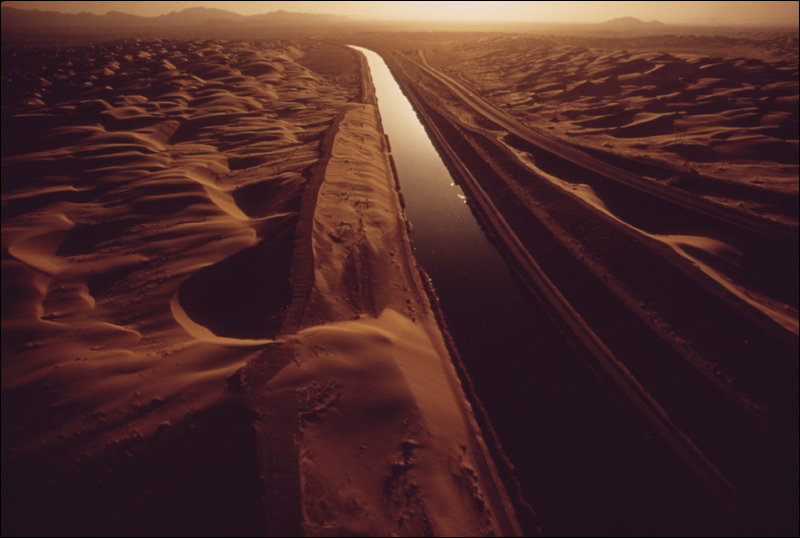Anita Yasuda - Canals and Dams!: With 25 Science Projects for Kids
Here you can read online Anita Yasuda - Canals and Dams!: With 25 Science Projects for Kids full text of the book (entire story) in english for free. Download pdf and epub, get meaning, cover and reviews about this ebook. year: 2018, publisher: Nomad Press, genre: Children. Description of the work, (preface) as well as reviews are available. Best literature library LitArk.com created for fans of good reading and offers a wide selection of genres:
Romance novel
Science fiction
Adventure
Detective
Science
History
Home and family
Prose
Art
Politics
Computer
Non-fiction
Religion
Business
Children
Humor
Choose a favorite category and find really read worthwhile books. Enjoy immersion in the world of imagination, feel the emotions of the characters or learn something new for yourself, make an fascinating discovery.
- Book:Canals and Dams!: With 25 Science Projects for Kids
- Author:
- Publisher:Nomad Press
- Genre:
- Year:2018
- Rating:3 / 5
- Favourites:Add to favourites
- Your mark:
Canals and Dams!: With 25 Science Projects for Kids: summary, description and annotation
We offer to read an annotation, description, summary or preface (depends on what the author of the book "Canals and Dams!: With 25 Science Projects for Kids" wrote himself). If you haven't found the necessary information about the book — write in the comments, we will try to find it.
Did you know that hydropower supplies 16 percent of all electricity worldwide? And there are more than 57,000 big dams around the world!
Canals and Dams! With 25 Science Projects for Kids invites kids ages 7 though 10 to investigate the waterways that help the world run! Through fun facts and engaging content, readers explore record-breaking structures such as the Panama Canal and Hoover Dam. They also learn about the physics that make canals and dams work! Elementary-aged kids discover how hundreds of years of innovation created the canals and dams we know today and how this technology affects people and the environment. Discover how one dam can both supply electricity to entire cities, and flood entire towns, and how one canal can cut trade routes in half!
Did you know that hydropower supplies 16 percent of all electricity worldwide? And there are more than 57,000 big dams around the world!
Canals and Dams! With 25 Science Projects for Kids invites kids ages 7 though 10 to investigate the waterways that help the world run! Through fun facts and engaging content, readers explore record-breaking structures such as the Panama Canal and Hoover Dam. They also learn about the physics that make canals and dams work! Elementary-aged kids discover how hundreds of years of innovation created the canals and dams we know today and how this technology affects people and the environment. Discover how one dam can both supply electricity to entire cities, and flood entire towns, and how one canal can cut trade routes in half!
Through 25 hands-on projects that use materials found around the house or classroom, kids will explore the mechanisms that make canals and dams work. Engaging STEM projects and experiments, such as engineering a beaver dam and experimenting with water, help kids break down the small processes behind big structures! By combining science with fun facts, jokes, activities, and experiments, kids will have an exciting adventure exploring the worlds canals and dams, while links to primary sources offer ample opportunity for further student-led exploration.
Canals and Dams! With 25 Science Projects for Kids is part of a set of four Explore Engineering books. In the Explore Engineering set, readers ages 7 to 10 learn the physics behind the things they build: Why does a tower of blocks eventually fall? Why does a tunnel sometimes cave in? Through a series of focused, science-minded activities that require critical thinking paired with creative trial-and-error attempts at building, readers develop foundational understanding of the physics that guides the building and maintenance of bridges, canals, tunnels, and skyscrapers.
Titles in the Explore Engineering set include Bridges! With 25 Science Projects for Kids;Canals and Dams! With 25 Science Projects for Kids; Tunnels! With 25 Science Projects for Kids; and Skyscrapers! With 25 Science Projects for Kids.!
Nomad Press books in the Explore Your World series for children ages 710 integrate content with participation. Common Core State Standards, the Next Generation Science Standards, and STEM Education all place project-based learning as key building blocks in education. Combining content with inquiry-based projects stimulates learning and makes it active and alive. Nomads unique approach simultaneously grounds kids in factual knowledge while allowing them the space to be curious, creative, and critical thinkers.
Anita Yasuda: author's other books
Who wrote Canals and Dams!: With 25 Science Projects for Kids? Find out the surname, the name of the author of the book and a list of all author's works by series.

